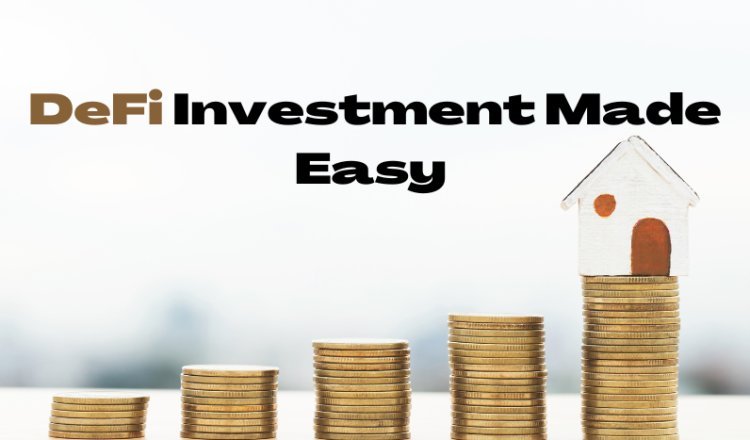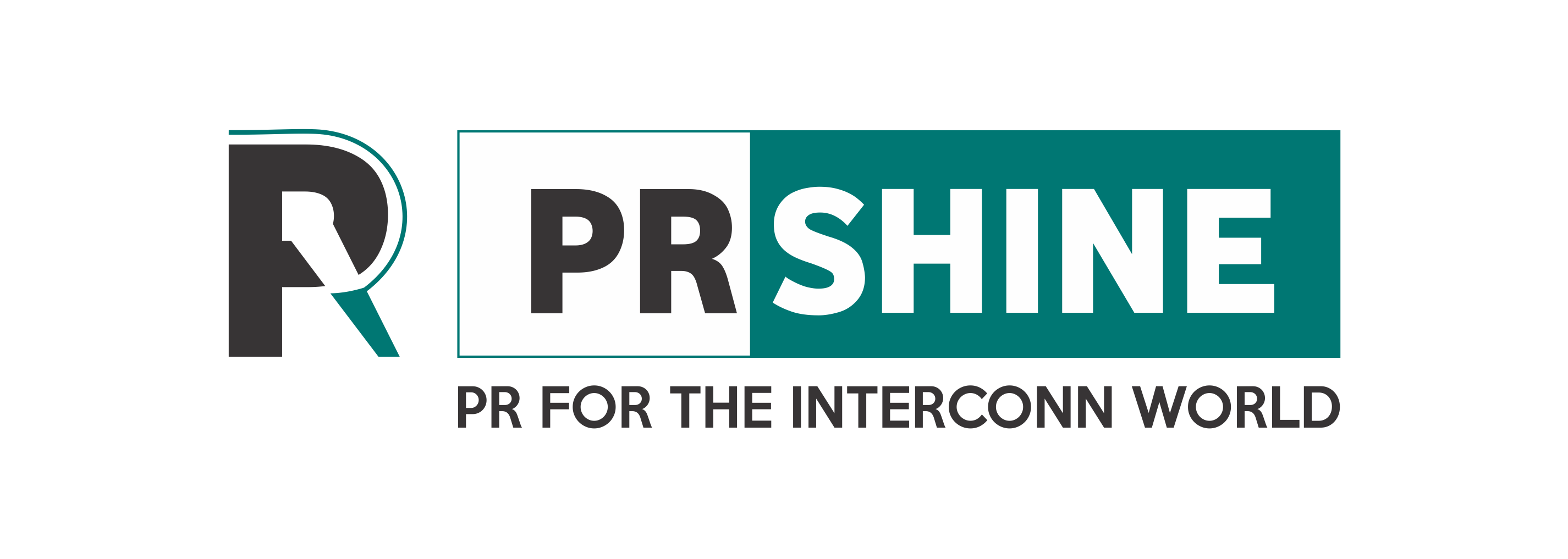Become a Household Name in Web3 with a DeFi Lending and Borrowing Platform!
Defi lending services enable users to post their crypto currencies on the platform for lending purposes and strive to provide crypto loans in a trustless way, i.e., without middlemen. Through the P2P lending decentralised network, a borrower can immediately obtain a loan.

Since the advent of Bitcoin in 2009, the world has witnessed many events in the so-called “Web3,” which focuses on alternative and emerging technologies to address the long-standing issues of the various systems currently active. In the beginning, cryptocurrencies were seen as fancy and geeky investments and even a waste of money. But, as time passed and people started understanding the potential cryptos had to change the world, these virtual currencies’ values shot up. But, innovative minds wanted more financial use from cryptocurrencies, which led to the creation of decentralized finance (shortened as DeFi). This blog focuses on the DeFi lending and borrowing platform, one of the popular DeFi subdomains in current times.
What is a DeFi Lending and Borrowing Platform?
A DeFi lending and borrowing platform is where people can lend and borrow cryptocurrencies instantly using DeFi protocols. Decentralized finance (DeFi) is the financial arm of Web3 that works on enabling Peer-to-Peer (P2E) financial transactions possible without the need for intermediaries such as banking institutions. Examples of such platforms include Aave, Maker DAO, and Compound. DeFi is currently preferred for lending and borrowing as the system behind it is decentralized, secure, safe, transparent, fast, and open-source. Also, these platforms are not bound to time and border restrictions, meaning that anyone with lending capabilities can lend cryptos to someone who needs them across the world at any time quickly.
How Does a DeFi Lending and Borrowing Platform Work?
- Users (Lenders/Borrowers) create their accounts on the platform and link their crypto wallets to it.
- A lender first should participate in a liquidity pool where they can stake their holdings to be eligible for lending to other users.
- On the other hand, a borrower should file a loan request on the platform. They can place their crypto tokens as collateral or go without collateral in case of “flash” loans.
- After the lender and borrower are matched, the smart contract verifies all the credentials to ensure that the set conditions are met.
- If all requirements are met, then the smart contracts execute, and the loan amount is transferred from the lender to the borrower with the mutual consent of both parties.
- The borrower should pay the interest for the loan along with the loan amount during the repayment period, the history of all of which will be recorded on the immutable blockchain ledger for future reference.
- If the loan amount with interest is fully repaid, the collateralized assets are returned to the borrower.
How Does a DeFi Lending and Borrowing Platform Gain Profits?
A DeFi lending and borrowing platform can earn profits in many ways. Such platforms usually charge fees for every transaction, including lending and paybacks, which is generally a proportion apart from the actual amount. Also, these platforms have liquidity pools which they use to reward stakeholders and the ventures themselves, as they would have staked cryptos to ensure liquidity before launching. Another avenue most DeFi platforms profit from is native tokens, which can be used for utilities, monetary, or governance purposes.
Some Decentralized Finance Statistics that will Amaze Anyone!
- The total amount locked on all DeFi platforms is nearly US$ 80 billion, which amounts to almost US$ 120 billion, considering inflationary changes as of July 2022.
- The top DeFi platforms in current times include Aave, Oasis App, WBTC, LIDO, Curve, UniSwap V2, Convex Finance, Compound, PancakeSwap, and SushiSwap.
- There are more than 18,000 different cryptocurrencies available in the DeFi world.
- There are more than 83 million blockchain wallet users currently.
- Bitcoin ($BTC) and its variations stay at the top of the DeFi world, with Bitcoin’s market cap being double that of its competitor Ethereum ($ETH).
How to Develop a DeFi Lending and Borrowing Platform?
- Make plans for your DeFi platform by analyzing business scope, target markets, competitors, and technological requirements to frame the documentation.
- Then, proceed to create model screens with all required features and get them reviewed by domain experts.
- Using the suggestions, rework those prototypes to design the front-end of the DeFi lending and borrowing platform by adding all the user-end features you need.
- Now, develop the back-end for the platform using the necessary stacks to integrate all front-end operations. Also, integrate the platform to a blockchain, and create smart contracts and native tokens.
- Afterward, test the platform for errors and resolve them immediately if any are found to ensure that it works flawlessly.
- Then, list your native tokens on leading exchanges and promote your platform to gather a community.
- Finally, launch the DeFi lending and borrowing platform for public trading and update it often to stay relevant to the times.
Final Thoughts
Therefore, a DeFi lending and borrowing platform is ideal if you want to capitalize on the DeFi surge and stay in the field for long. There are some firms that master in creating such platforms as per their clients’ wishes for affordable prices. Make sure you work with one such company to pave your way for success in the Web3 space!












